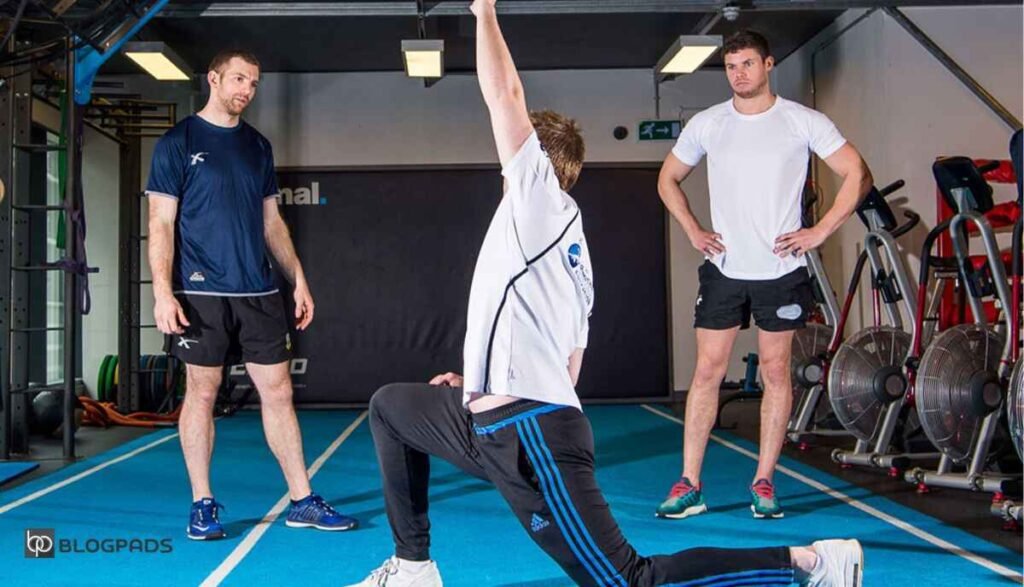1. Introduction to Fitness and Conditioning
Fitness and conditioning are the building blocks of a healthy lifestyle. Think of your body as a car; without proper maintenance (fitness) and tuning (conditioning), it won’t perform well. In this article, we’ll explore how to keep your “engine” running smoothly with practical tips and strategies.
2. Why Fitness and Conditioning Matter
Why should you care about fitness and conditioning? Simply put, they are your keys to a longer, healthier, and happier life. Regular exercise boosts your mood, reduces the risk of chronic diseases, and improves your overall quality of life. Isn’t that worth investing in?
3. Components of Fitness
Fitness isn’t one-size-fits-all. It has several components:
- Cardiovascular endurance: Keeps your heart and lungs healthy.
- Muscular strength: Builds power for everyday activities.
- Flexibility: Prevents injuries and improves posture.
- Body composition: Maintains a healthy ratio of fat to muscle.
4. Cardiovascular Fitness
Ever feel out of breath climbing stairs? That’s where cardiovascular fitness comes in. Activities like walking, jogging, or cycling improve your heart’s efficiency, helping you go further without running out of steam.
5. Strength Training and Muscle Conditioning
Strength training isn’t just for bodybuilders. Lifting weights, resistance training, or even bodyweight exercises like push-ups build stronger muscles, support your joints, and improve bone density.
6. Flexibility and Mobility
Imagine trying to stretch a stiff rubber band—it might snap! That’s what happens to your body without flexibility training. Stretching and mobility exercises keep your muscles elastic and joints healthy.
7. Balancing Exercise and Rest
Exercise is crucial, but so is rest. Overtraining can lead to fatigue and injuries. A well-balanced fitness routine includes rest days to allow your body to recover and grow stronger.
8. Nutrition: The Foundation of Fitness
You can’t out-exercise a bad diet. Eating a balanced mix of proteins, carbs, fats, and micronutrients fuels your workouts and aids recovery. Think of food as the gas that keeps your engine running.
9. Creating a Personalized Fitness Plan
Everyone’s fitness journey is unique. Your fitness plan should suit your goals, lifestyle, and physical condition. Start small and increase intensity gradually. Need help? A fitness coach or app can guide you.
10. Staying Motivated
Let’s face it—sticking to a routine is hard. Set realistic goals, celebrate small victories, and find a workout buddy. Remember, fitness is a marathon, not a sprint.
11. Overcoming Common Fitness Challenges
Time, money, and motivation—sound familiar? Tackle these challenges with home workouts, affordable gear, and short, effective sessions. Where there’s a will, there’s a way.
12. Tracking Progress and Celebrating Wins
Tracking your fitness progress is like following a map on a road trip. Use apps, journals, or even photos to monitor your growth. Celebrate milestones—it keeps you motivated and on track.
13. Role of Technology in Fitness and Conditioning
From fitness trackers to virtual workouts, technology has revolutionized fitness. Use these tools to monitor your heart rate, track calories, or join online fitness communities for extra support.
14. Safety Tips for Beginners
Starting something new can be daunting. Warm up before exercising, use proper techniques, and listen to your body. Remember, it’s better to go slow and steady than rush into injuries.
15. Conclusion: A Healthier You Awaits
Fitness and conditioning are lifelong commitments. Think of them as investments in your future self. By embracing these practices, you’re not just adding years to your life—you’re adding life to your years.
FAQ
1. What is the difference between fitness and conditioning?
Fitness refers to your overall physical health, while conditioning focuses on specific training to improve performance in activities or sports.
2. How often should I exercise for optimal fitness?
Aim for at least 150 minutes of moderate aerobic activity and two days of strength training per week. Adjust based on your fitness level and goals.
3. Can I get fit without going to the gym?
Absolutely! Home workouts, outdoor activities, and bodyweight exercises can all improve your fitness levels.
4. How important is diet in fitness and conditioning?
Diet is crucial. It provides the energy needed for workouts and the nutrients required for recovery and growth.
5. What’s the best way to stay motivated on my fitness journey?
Set clear goals, track your progress, and reward yourself for milestones. A support system, like friends or a fitness group, can also help you stay on track.

